- | 8:00 am
What Apple’s, OpenAI’s, and TikTok’s logos would look like if surrealists had designed them
Salvador Dalí could have done a lot for logo design.
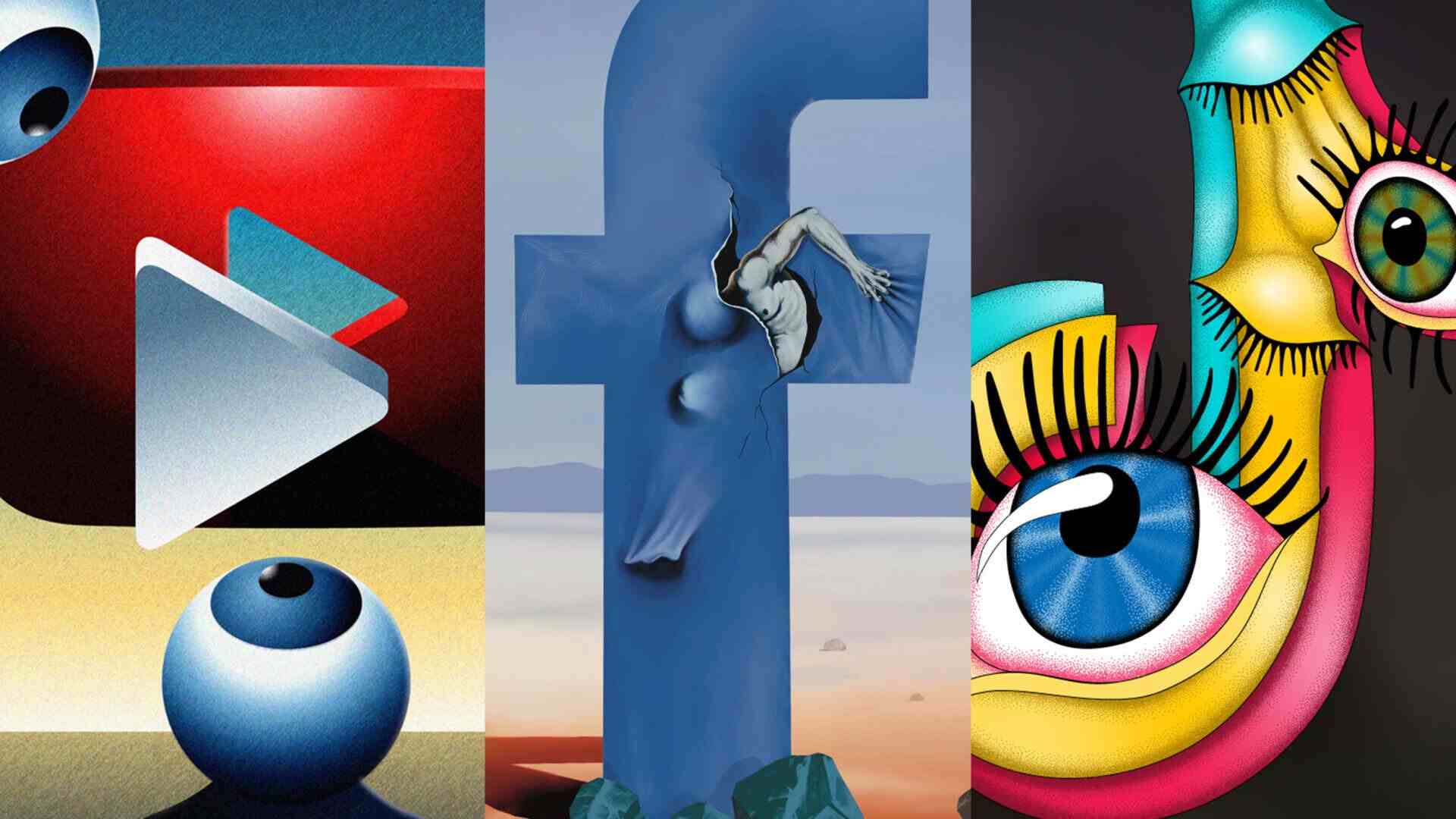
Surrealism grew out of postwar, post-pandemic Europe a century ago. The movement gave us artists like Salvador Dalí, René Magritte, and Max Ernst. Today, Europe is again reeling from disease and war, and hallucinatory artificial intelligence text-to-image generation can sometimes take on the effect of a surrealist painting.
To mark the 100th anniversary of surrealism, the graphic design marketplace 99designs by Vista held a competition calling for modern logos to be reimagined as surrealist works of art. The 18 winners—remarkably, all human and not AI—offer a look at an alternative design universe in which corporate blanding has been replaced by color, whimsy, and weirdness.
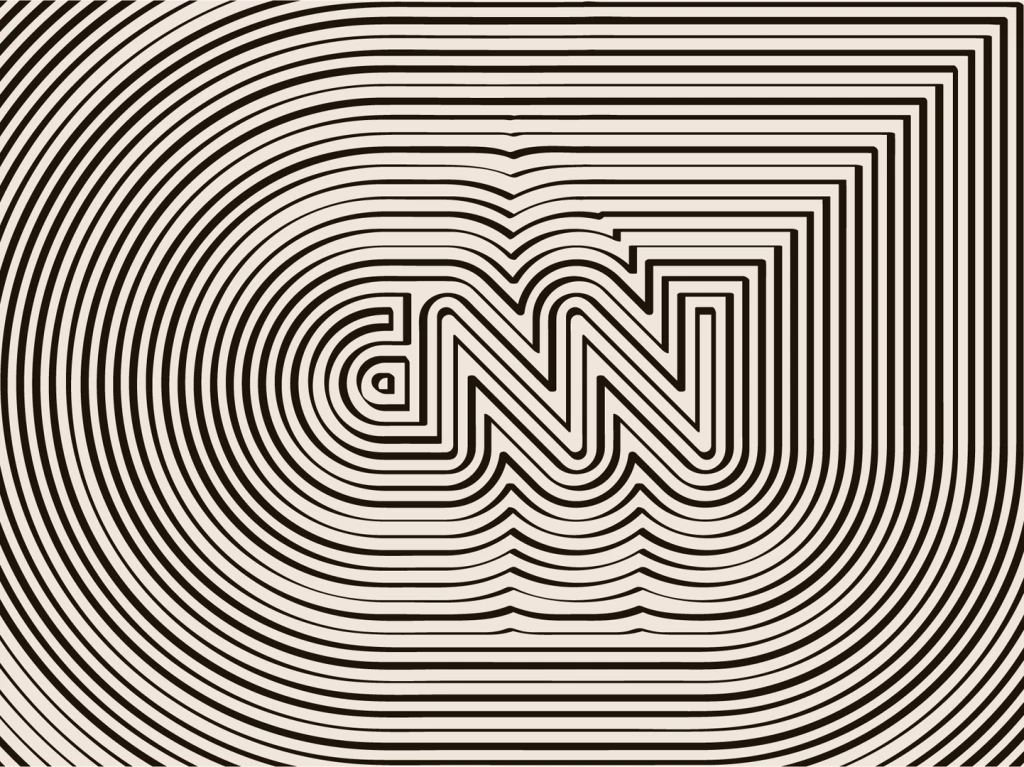
SURREALIST INSPIRATION
A designer who goes by the handle orange_ re-created CNN’s logo to echo the patterns seen in M.C. Escher’s famously geometric illustrations. Embracing the repeating patterns and tessellations found in Escher’s work, the new CNN logo also has echoes of Lance Wyman’s logo design for the 1968 Mexico Olympics.
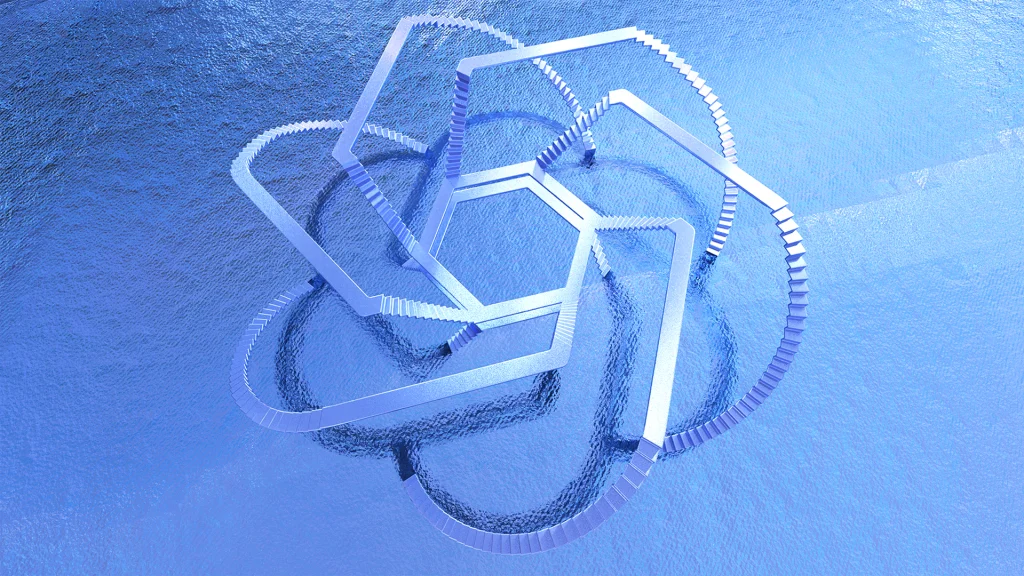
Escher’s influence can also be found in ES Studio’s remake of OpenAI’s logo, which features the artist’s iconic stairs to nowhere, refashioned into the AI company’s hexagonal mark.
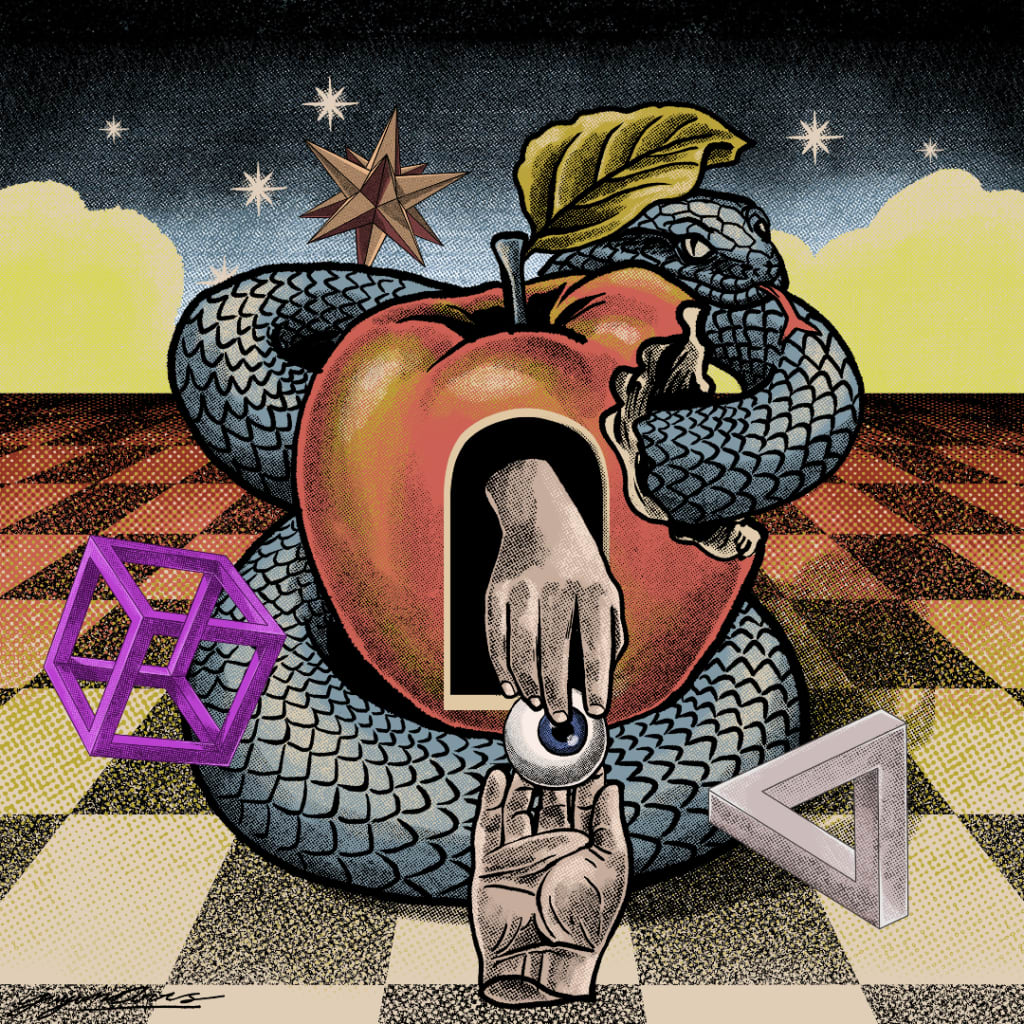
In a surrealist logo for Apple drawn by yuyunArts, a snake slithers through an apple like a worm, and a hand passes an eyeball to another hand through a doorway.

Belgian artist Magritte, perhaps best known for his painting The Son of Man, inspired a designer who goes by the name of DAV091 to refashion Domino’s pizza’s classic blue-and-red logo into a surrealist version of itself. Magritte was also the stylistic inspiration for YouTube’s eyeball-centric redesign.
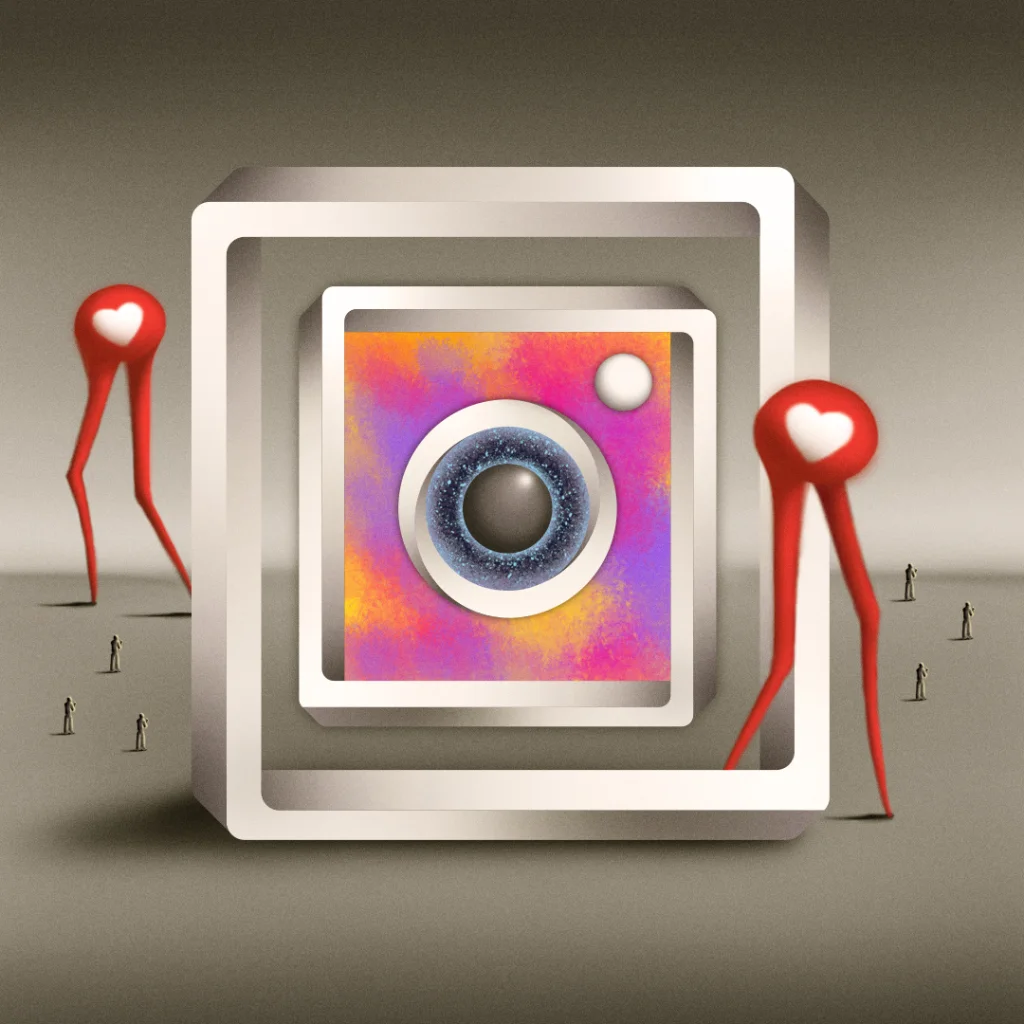
Dalí, who designed the logo for the Chupa Chups lollipop, was a favorite inspiration for many of the designers in the contest. His style was brought to logos for Facebook, Instagram, and TikTok.
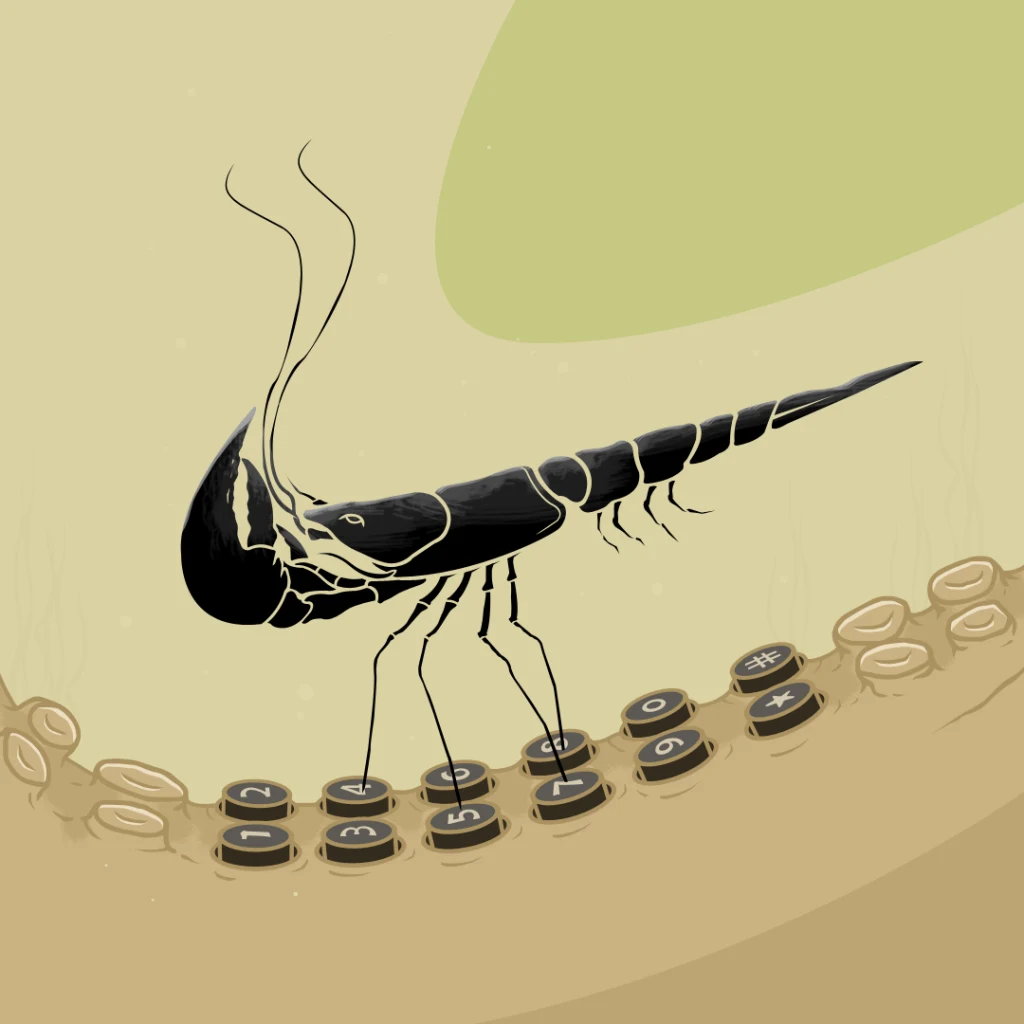
“Surrealism challenges widely accepted conventions, encouraging creativity but also critical thinking and a healthy skepticism towards the curated realities often presented in society—particularly online and in social media,” 99designs by Vista CEO Patrick Llewellyn said in a statement.
In a time of digital saturation and information overload, surrealism is still as timely as ever, Llewellyn argued, showing how “authentic expression and escape from the status quo remains profoundly relevant for designers and communities around the world.”





































